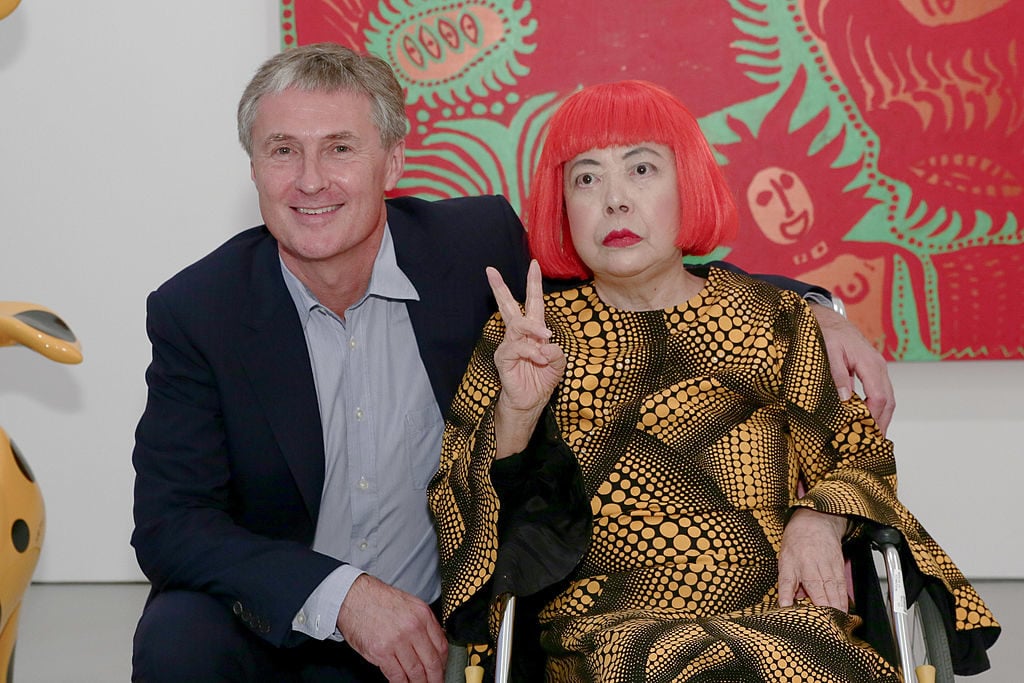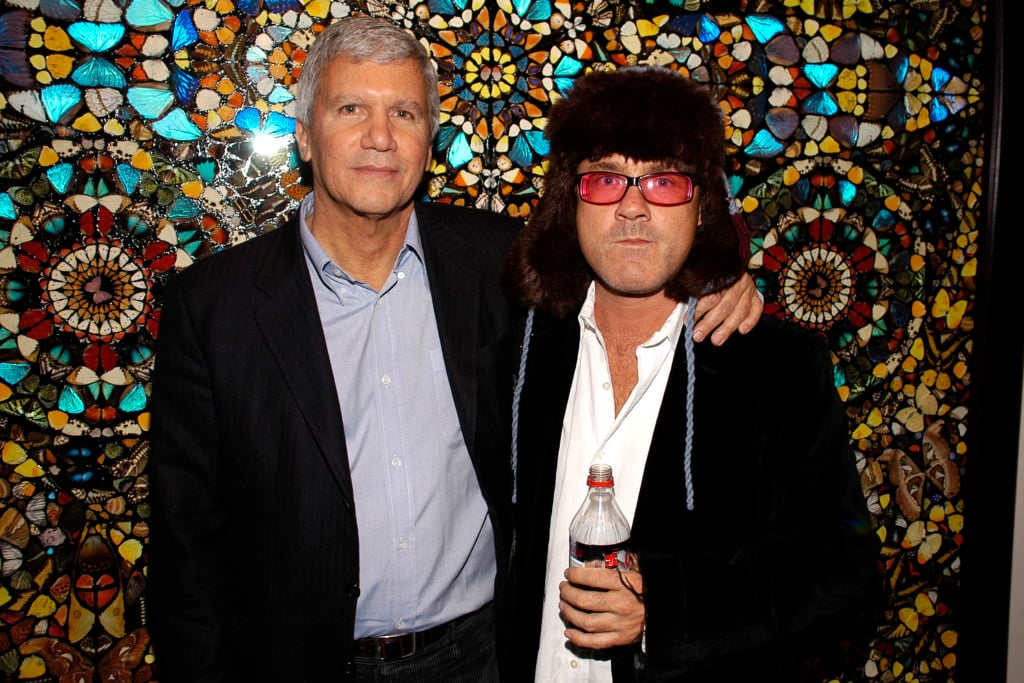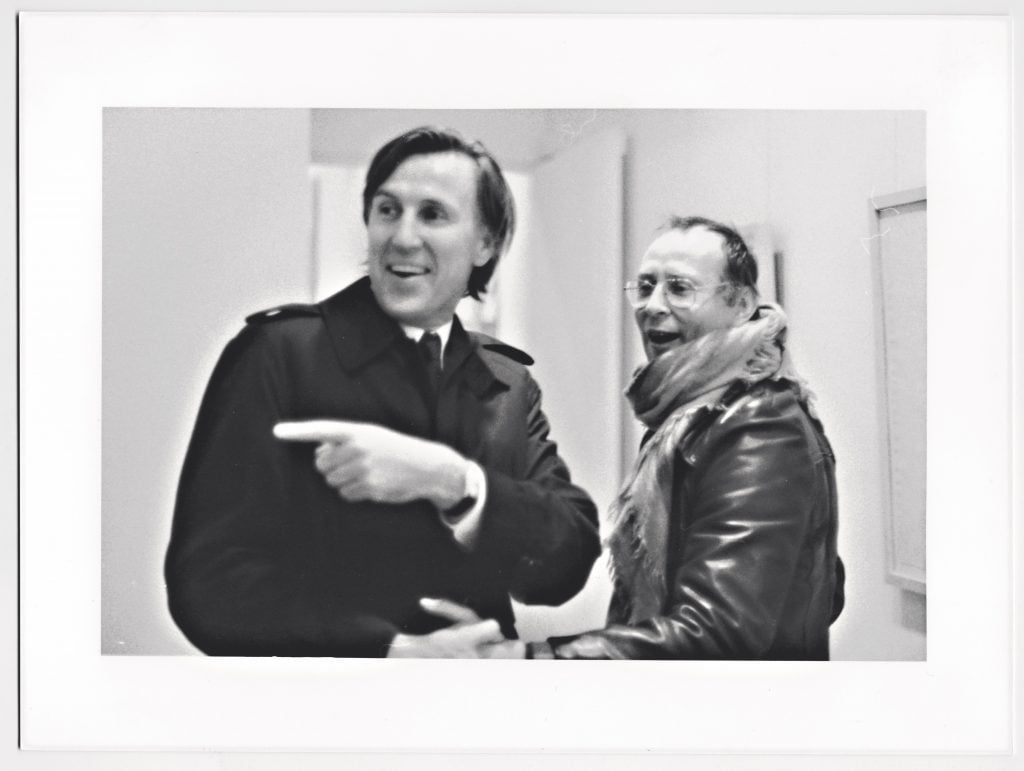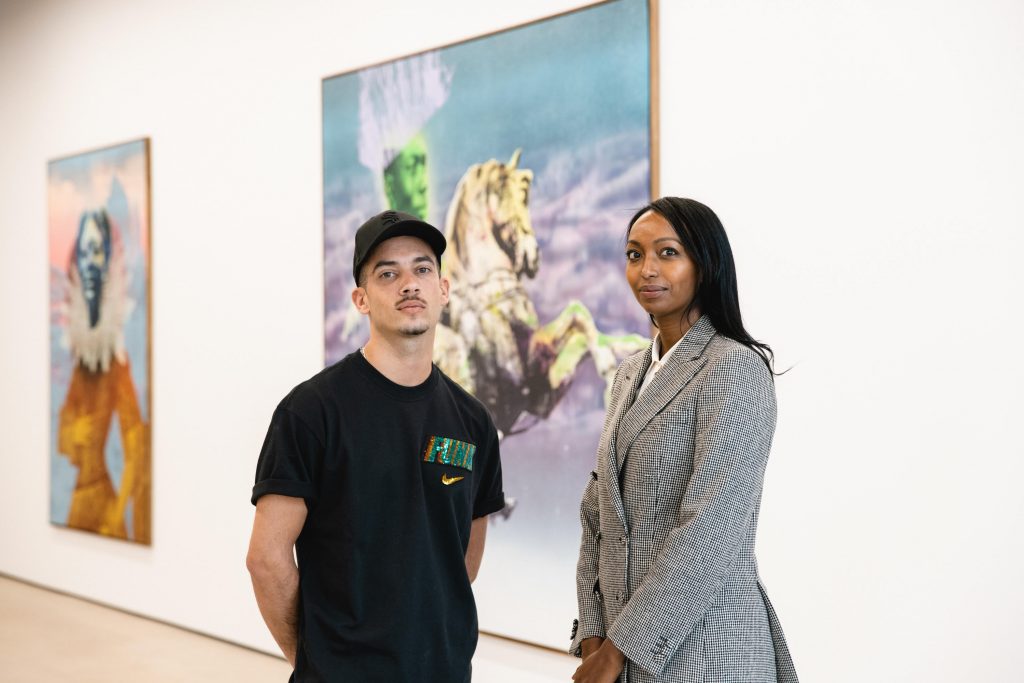Art World
What Should Artists Do If They Want Gallery Representation? 5 Veteran Art Professionals Offer Real, Actionable Advice
Hint: there's no magic bullet, but don't make these rookie mistakes.

Hint: there's no magic bullet, but don't make these rookie mistakes.

Francesca Gavin

Finding gallery representation is not unlike dating. People are always looking for the right fit: someone supportive, interesting, and engaged, who reflects their personality and dreams. And unfortunately, just like swiping aimlessly on Bumble et al, getting a gallery can be just as daunting and exhausting. It takes time. You have to present yourself as a hot commodity. And if you seem too desperate or pushy, no one will bite.
“When I look for artists, there are many different kinds of hoops that an artist needs to jump through to make it,” London-based gallerist Pilar Corrias observes. “What I look for is something that I haven’t seen before. I also have to feel that there is possibility there; I have to see that there’s an avenue for the work to progress.” Corrias says her choices are often based on balancing her program, which has evolved over 14 years to focus on artists exploring gender, race, and ideas around existence. Her advice is to think big. “When you’re working with an artist, you have to stand behind that practice and talk about it to lots of people repeatedly, over and over and over again. I need to feel that there’s depth to the work because I’m going to be part of that,” she explains. “You need to believe in what they do. I have to feel that it’s making a difference to society.”

Larry Gagosian and Damien Hirst, February 22, 2007. © Patrick McMullan.
When it comes to finding artists, Corrias, like most gallerists, is constantly researching and looking at artists, reading interviews and talking to other artists. François Ghebaly, who runs galleries in Los Angeles and New York, concurs: “We have a network of people that are giving us information. We listen to artists a lot. We like to develop relationships with other artists or through an introduction by someone trusted. Everything in this business is based on trust.”
A track record that shows consistent production and an interested base can go a long way toward convincing a dealer that you are a known quantity. “It’s important to have a practice that is ongoing and make work and put the work out there one way or another,” says Ghebaly. Social media like Instagram, he adds, has been “very useful, especially during the lockdown for artists to get exposure, but also for really engaging communities, audience peers, and trying to show their work to the most people possible.”

Arne Glimcher and Julian Schnabel at “Julian Schnabel: New Plate Paintings” at Pace Gallery. Courtesy of Sam Deitch/BFA.
Victoria Cooke, the director of Gallery 1957 in Accra, Ghana, describes their program as artist-led. “It always surprises me how little art schools seem to teach about the practicality of representation and working with a gallery. Speak to friends or mentors who have that experience, or ask to speak with someone at a gallery. Go to events, meet people, apply to prizes—all of these things help to get your work out there, and might lead to the right person being introduced to it.” Instagram and degree shows are two places she notes as important tools for discovering new talent.
Ceri Hand is a former gallerist with decades’ experience with institutions, exhibition making, and representation. She is the founding director of Artist Mentor, which provides career coaching and training to contemporary artists and creatives. “It’s a niche, unregulated business run by extraordinary characters with the deep knowledge, passion, drive, networks, investment, and courage to take a punt without hard evidence that the bet will pay off. They may be calculated risks, but they are risks nevertheless,” Hand points out. She has a long list of suggestions for artist to help persuade gallerists they are worth the leap of faith: “Make a lot of work. Identify what makes your work unique. Make a habit of connecting to new people and inviting them to visit you in the studio, either IRL or online. Be social. Build an online community. Share images of your work, ask questions, and invite feedback. Learn from what chimes with audiences. Support your artist and friends and they will support you. Show as often as you can, in the best places you can.” It’s also about being conscious of the zeitgeist. How does you work engage with the now or contribute to the next?

Rudolf Zwirner and Sigmar Polke, 1969. Courtesy of David Zwirner Books.
Equally important as what to do is what to avoid. Do not use another artist’s opening to try to talk to a dealer about your work. “I really do not like solicitations, people that contact me, and especially when people come to me at art fairs. I’m busy,” Corrias says. Hand agrees: “Don’t pitch! If you get an opportunity to speak to a gallerist, get to know them, ask curious questions, and discover what makes them tick and what they are currently obsessed with or interested in. Nobody needs to be convinced that they should embark on a relationship—it’s a mutual attraction.” I once saw an ‘advisor’ making the rounds at Frieze with an artist in tow, showing their work on their phone to gallerists during the VIP preview. No one seemed ecstatic, let alone remotely interested.
Remember, too, that representation is not a one-sided conversation. As Ghebaly points out, artists also have the power to decide who they want to work with. “There are more galleries than ever, at any level and with different types and audiences. What kind of gallery or representation do you want? That’s a more crucial question.” Artists should look at how galleries can support their practice, production, if they have presence in art fairs, and what the credibility their program brings. The painter and multimedia artist Alvaro Barrington, for example, works with multiple galleries, including Thaddaeus Ropac and Sadie Coles, which each deal with different aspects of his practice.

Raphaël Barontini and Mariane Ibrahim at her gallery. Photo: Nolis Anderson.
If you haven’t got a gallery, that does not invalidate your work as an artist. Many well-known artists spend their days moaning about their galleries, like anyone with work colleagues or romantic partners. “I think autonomy is really important. Yes, it’s beneficial to have a gallery, but it’s not the be all and end all,” says painter Stephen Dunne, who has exhibited at the Irish Museum of Modern Art and the Royal Academy, among other spaces. He adds, “I think the right gallery can offer artists a lot. Many are with the wrong ones, and it stifles their career. There is a demand not to experiment.” In other words, in this age, it’s sometimes OK to DIY.